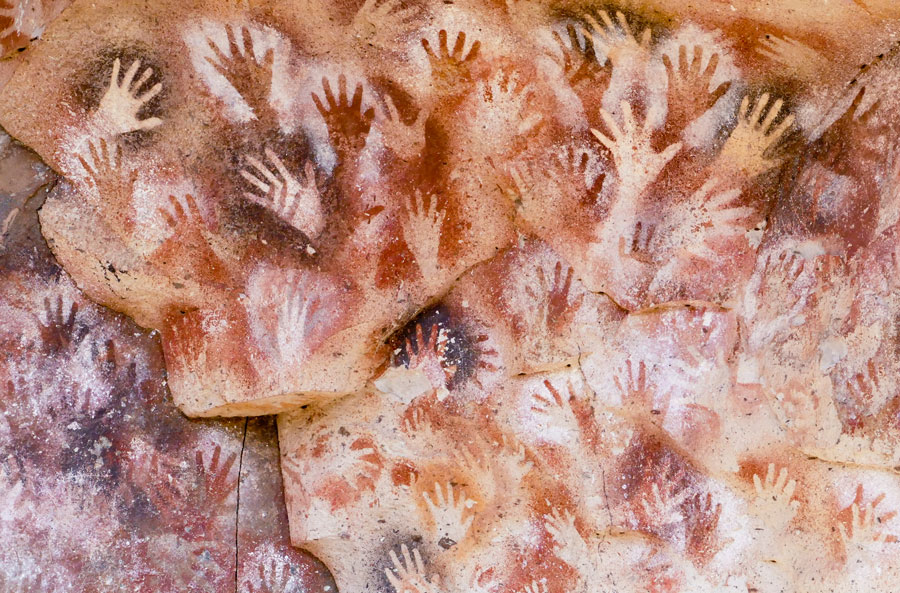Definition
Anthropology is the “study of what makes us human.” The field hosts several sub-disciplines, all of which employ numerous approaches to understand humans and their behavior. American anthropology is divided into four primary subfields, as defined in greater detail in the next section: archaeology, biological anthropology, cultural anthropology, and linguistic anthropology (American Anthropological Association, 2018). These subfields are often further divided into specialized areas of study, such as archaeology, cultural anthropology, and linguistic anthropology. In addition, certain subfields of anthropology blend elements of multiple subfields, such as medical anthropology.
Anthropologists can be subdivided into groups that specialize in the anthropology of certain geographic regions (for example, Latin America, the Caribbean, Amazonia, and Asia), and may also specialize in other topical areas, such as work or religion. Anthropologists may also focus on subcategories that examine certain components of larger society, such as political anthropology and economic anthropology.
Subdisciplines
The subdisciplines of anthropology are numerous and too complex to summarize completely here. Thus, the following examples are intended to represent only a subset of anthropology subdisciplines.
- Archaeologists study human culture by analyzing objects made by people in the past, often focusing on specific geographic areas and cultures—for example, they may be experts in southwestern or near eastern archaeology.
- Biological anthropologists study how we have evolved as a species, how our evolution is shaped by different environmental factors, and how our evolution compares to the evolution of other primates.
- Cultural anthropologists seek to understand how people in varied places live and understand the world around them by studying and comparing the rules that govern human behavior under varying conditions.
- Linguistic anthropologists study human communication and how it shapes human interactions in different places and under different conditions (American Anthropological Association, 2018).
- Medical anthropology draws upon social, cultural, biological, and linguistic anthropology to better understand the factors that influence human health, healing processes, the social relations of health care, and the cultural importance and utilization of medical systems (Society for Medical Anthropology, 2017).
In Practice
Anthropologists apply their knowledge and skills in both academia and field settings. Applied anthropologists address real world problems related to health, education, the environment, and many other subjects (American Anthropological Association, 2018). Anthropologists work for government agencies, as well as for both nonprofit and for-profit organizations, where they answer a wide range of questions related to human behavior.
In Disaster Research
The anthropology of disasters is a vibrant and growing subfield in which anthropologists apply their expertise to answer questions about the impacts of hazards and disasters on humans. For example, archeologists may study the impacts of disasters on human societies of the past by studying areas impacted by disasters (for example, the city of Pompeii) and comparing them to other areas. Biological anthropologists apply their knowledge to understand how disasters have shaped and continue to shape human evolution. Cultural anthropologists study cultural values that determine why, when, and how certain groups in a society are more vulnerable to disasters and more likely to be affected by them (Oliver-Smith, 1996). Linguistic anthropologists study the ways in which disaster-induced displacement can affect linguistic diversity in an area and how different linguistic groups communicate disaster-related topics. Forensic anthropologists play an important role in disaster management by identifying victims and working to understand the mechanisms that compound the loss of life during disaster events.
References
American Anthropological Association. (2018). What is Anthropology? Retrieved August 28, 2018, from https://www.americananthro.org/AdvanceYourCareer/Content.aspx?ItemNumber=2150
Oliver-Smith, A. (1996). Anthropological Research On Hazards And Disasters. Annual Review of Anthropology, 25(1), 303-328. http://dx.doi.org/10.1146/annurev.anthro.25.1.303
Society for Medical Anthropology. (2017). What Is Medical Anthropology? Retrieved August 28, 2018, from http://www.medanthro.net/about/about-medical-anthropology/


